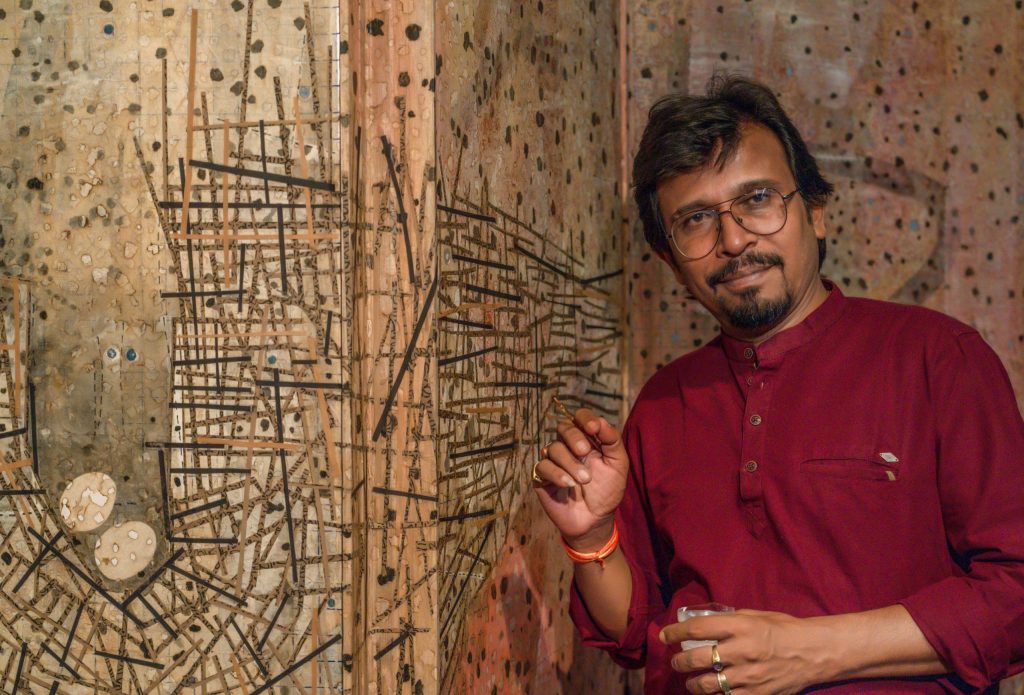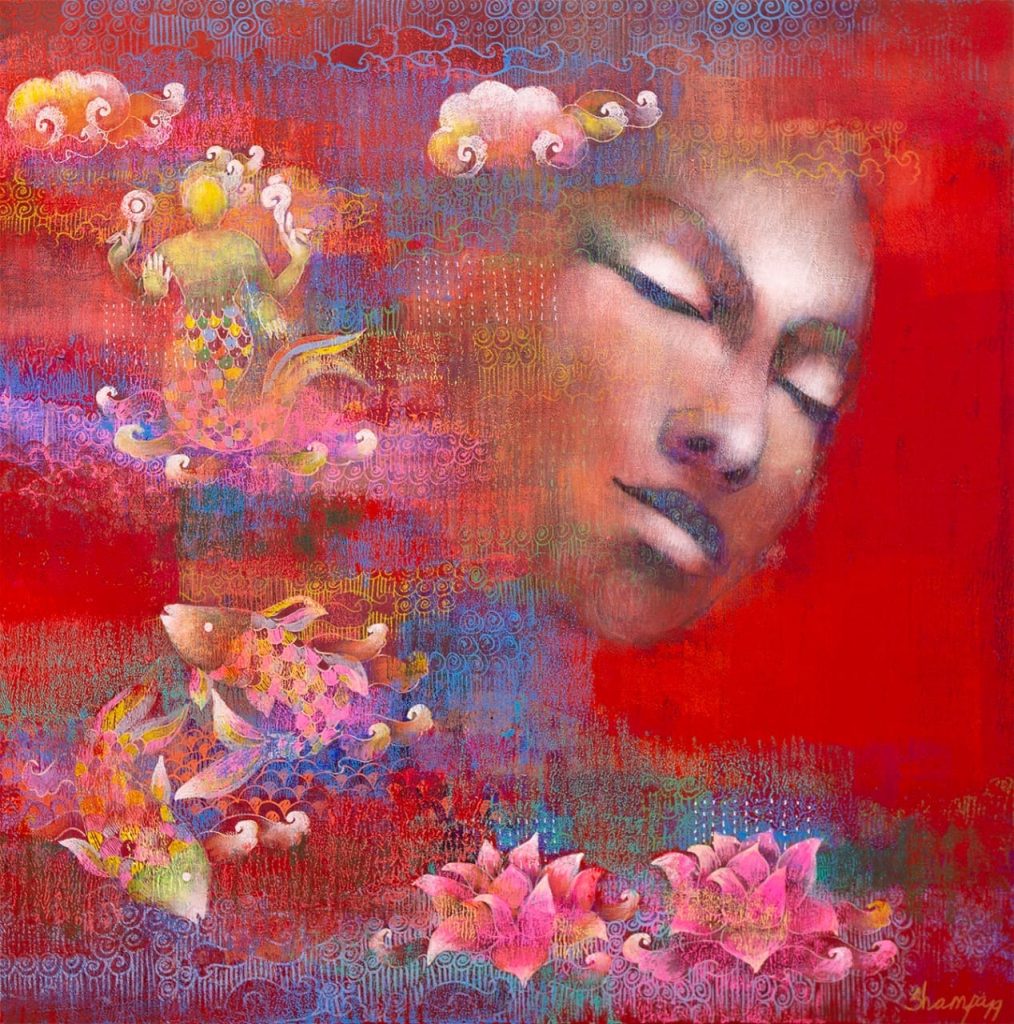Introduction
When Boa Sr passed away on January 26, 2010, the world lost more than just a person. Boa Sr, an octogenarian, was the last speaker of the Aka-Bo language, one of the 10 Great Andamanese languages. Her language, also known as the “language of the birds,” allowed her to communicate with her avian companions, which she considered her ancestors. Now, the story of this extinct language takes center stage in artist Manish Pushkale’s exhibition, “To Whom The Bird Should Speak?,” currently on display at the Musée Guimet in Paris.
Musée Guimet: A Hub of Asian Art and Culture
The Musée Guimet in Paris is home to one of the most extensive collections of Asian art outside of Asia. Manish Pushkale, an artist known for shedding light on the vanishing indigenous cultures in the wake of global changes, follows in the footsteps of renowned artists like Syed Haider Raza and Jayashree Chakravarty, who have also exhibited their work at the Guimet.
Inspiration from Prof. Ganesh Devy
Pushkale’s journey into the world of the Aka-Bo language began when he heard the story from Prof. Ganesh Devy, an Indian cultural activist and literary critic, during an event in 2019 organised by the Raza Foundation. Prof. Devy’s talk touched on the fragility of languages, leaving a deep impression on Pushkale. The pandemic played an unexpected role in his artistic exploration, as a script began to emerge in his drawings, albeit indecipherable. Eventually, Pushkale realised that he was attempting to capture an oral language that had perished. This posed a significant challenge: “How to get the texture of that language, how to create the textuality and the visuality of something that no longer exists,” he pondered.
Creating a Pictorial Vocabulary
Pushkale persevered in his research and collaborated with Prof. Devy and other linguists to develop his own pictorial vocabulary. However, it wasn’t until two years ago that he had the opportunity to embark on a massive project that incorporated his newfound insights. Supported by Reena Lath of the Delhi- and Kolkata-based Akar Prakar gallery, Pushkale proposed an immersive installation for the Musée Guimet, focusing on the theme of a lost language.
The Immersive Installation: A Journey Through Art and History
The resulting large-scale labyrinthine work is Pushkale’s artistic vision. It consists of accordion book-like foldable screens, each measuring 3 meters in height and 19 meters in length. Unlike traditional paintings, Pushkale did not want them simply displayed on walls; he aimed to create an experience for visitors. He explains, “I added 30 pieces on the back of it, so it is like a painting on both sides. It is like a folio. In fact, it is like a travelogue.”

Materials with Historical Significance
To bring his installation to life, Pushkale embarked on a journey, visiting the Andaman Islands, the tribal district of Bastar in Chhattisgarh, the Buddhist monuments of Sanchi, and the Paleolithic and Mesolithic site of Bhimbetka in Madhya Pradesh. He collected sand and soil from these historic places, which he incorporated into his paintings, lending them their distinctive black and reddish tones. This layering of materials serves as a metaphor for the layering of collective memories from different civilisations.
A Multifaceted Expression of Lost Language
Pushkale’s studio in Delhi was ill-suited for the creation of such large-scale mixed-media works. As a result, he established a workspace in Rahatgarh, Madhya Pradesh, and began the painstaking process of pasting Nepali paper and unique materials like honey and tobacco on rolls of canvas. His use of self-made charcoal and a variety of scripts, grids, lines, and evocative stitches created an intricate ecosystem. The artworks include abstract forms reminiscent of fossil remains and intersecting lines forming nests, symbolising birth and regeneration.
Manish Pushkale’s exhibition at the Musée Guimet invites viewers on a journey through history and imagination, where art becomes a bridge between the past and the present.
Exploring the Visual Forms of Scripts and Sounds: The Art of Manish Pushkale






